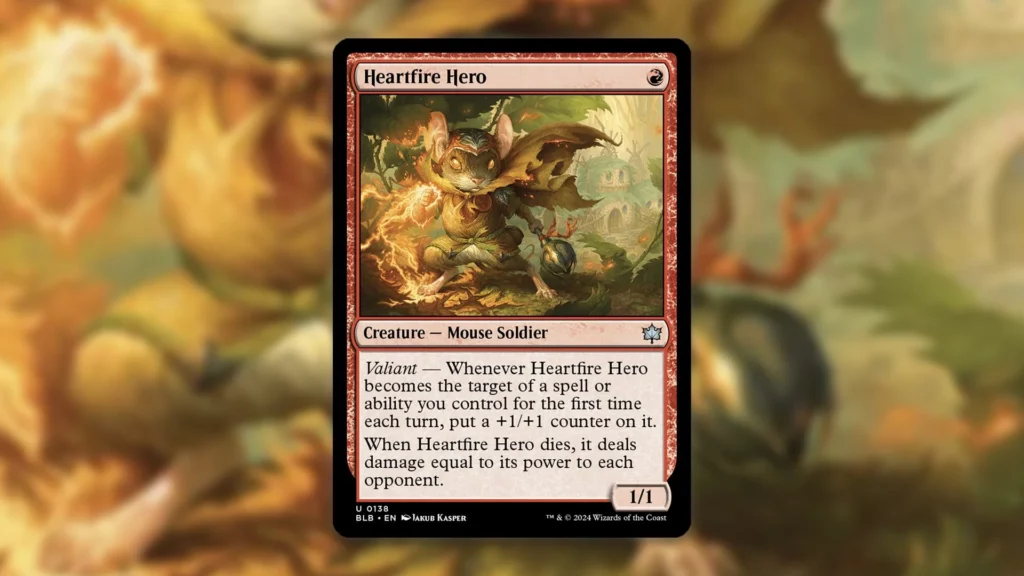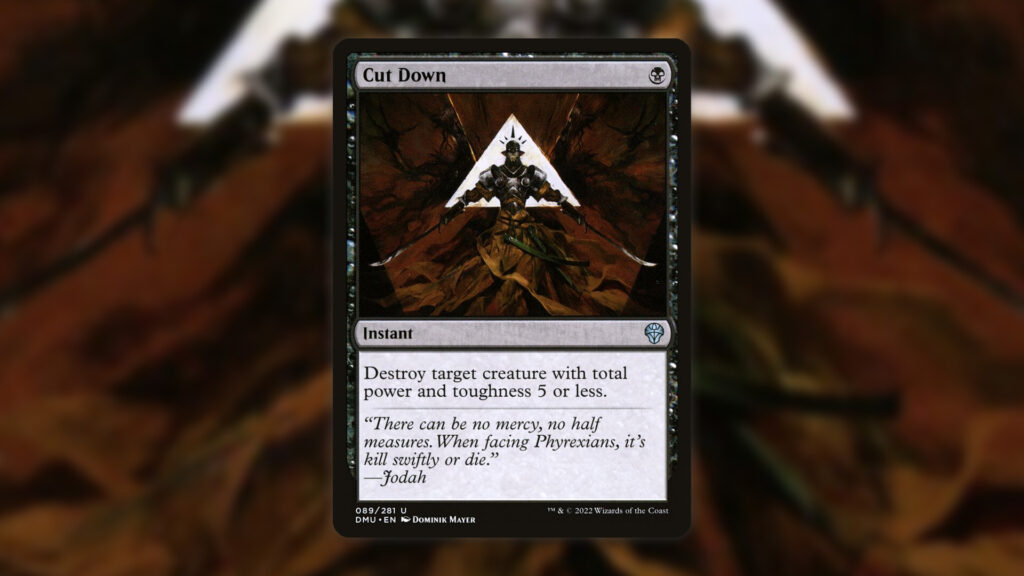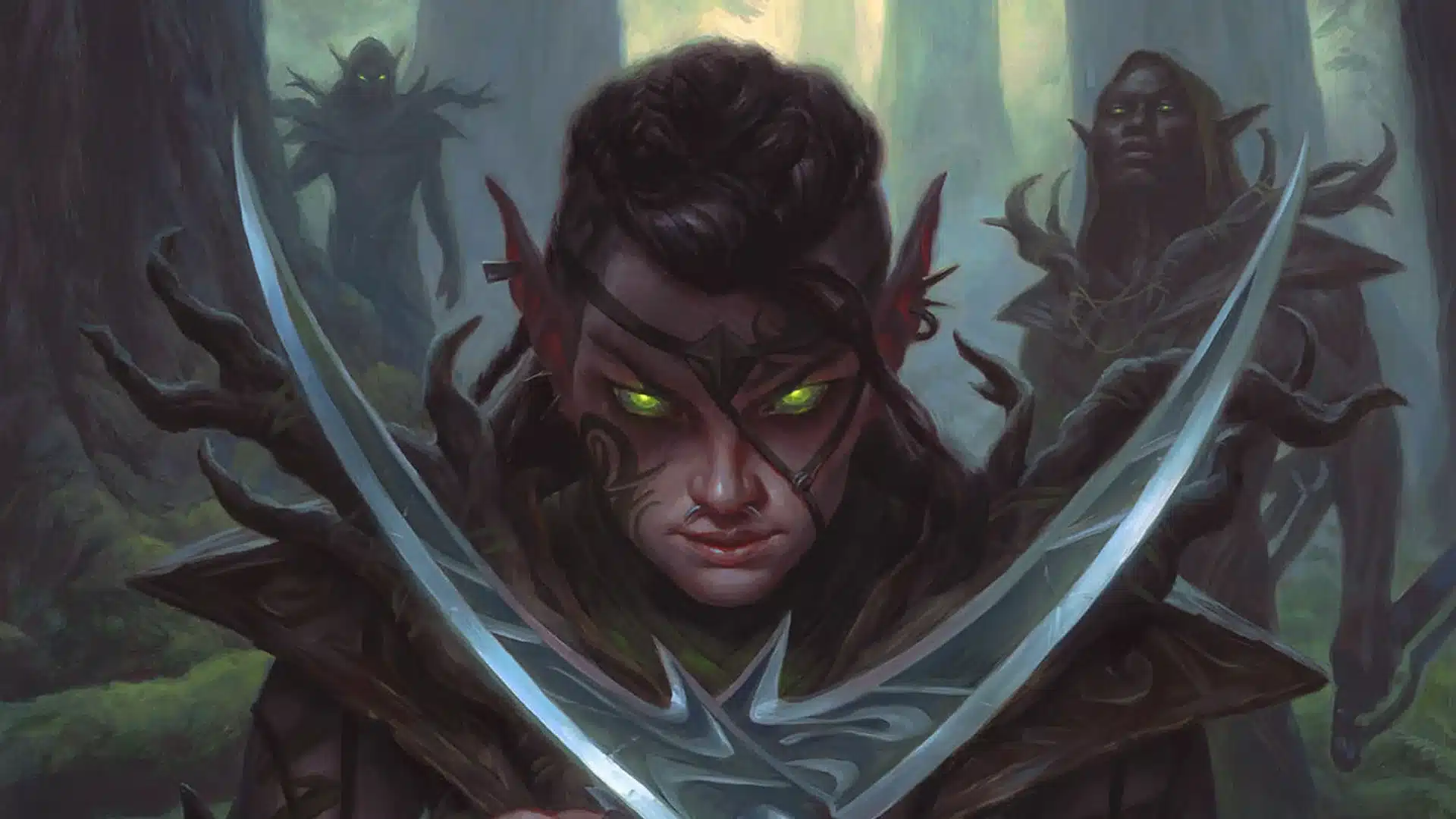Since the release of MTG Foundations, we’ve seen a lot of different decks pop up in Standard. A decent mix of red aggro decks, black midrange strategies, and multi-color ramp shells gave players the opportunity to pick their weapon of choice in a diverse environment.
We’ve even seen Esper Pixie and Azorius Omniscience combo emerge as frontrunners in the format. With a decently diverse metagame coupled with innovation, one would think Standard is a top tier format right now.
The problem is that, as things currently stand, the gameplay is rather miserable. A multitude of factors, including the overall speed of the format, have played a negative role in the evolution of Standard. This is a great example of how diversity doesn’t always translate to a fun format.
Speed Kills

As mentioned, the speed of Standard has really taken a toll on the format. At first, this may sound like an outlandish claim. After all, there are decks like mono-white token control and Domain that do not look to win the game quickly. So, what’s the problem?
The issue comes from the efficiency of the threats in Standard and the gameplay that results. A huge percentage of decks in Standard have access to one-drops that are far above the rate that we have seen from one-mana cards in the past.
Red aggro decks have Heartfire Hero, which is capable of putting a huge amount of pressure on the opponent over the course of a game. Green decks have Llanowar Elves to accelerate them into bigger and better plays ahead of schedule. Blue tempo decks make great use of Stormchaser’s Talent as an early beater that lets you gain additional value as the game goes on.
The presence of these potent one-drops has a couple major consequences on how games tend to play out. First and foremost, they put a huge emphasis on the die roll. Even in mirror matches, if the person on the play gets to land one of these turn one, they are in a huge advantage.
Let’s say I’m going first in the Gruul Prowess mirror. My opponent and I keep similar hands that both have turn one Heartfire Hero, but I’m on the play. I then get to slam a Manifold Mouse turn two and bash with a 2/2 Hero with Double Strike. The opponent is now far behind in the race, even if they have their own Manifold Mouse.
If they can’t kill my Manifold Mouse, they’re toast. Even if they spend their turn two casting Obliterating Bolt to deal with my Mouse, that gives me the opportunity to slam another threat or cast Monstrous Rage on my Hero and put my opponent on the backfoot.
The other one-drops play out in similar fashion. Stormchaser’s Talent, just like Heartfire Hero, is much better when you’re on the offensive rather than trying to block. Meanwhile, Llanowar Elves isn’t an attacker, but it lets you play a three-drop before your opponent even gets their second land into play.
Awkward Answers

The existence of these brutal starts from assertive strategies coupled with the play/draw dynamic has forced every deck to play situational one-mana removal spells. Trying to simply block down opposing creatures and trade resources on the draw is very difficult to do when so many threats have Prowess and there are pump spells to worry about.
So, black midrange decks rely on Cut Down to prevent them from falling too far behind. Domain decks will often play Elspeth’s Smite in the maindeck for the same reason. The awkward part here is that these removal spells are pretty narrow.
As a black midrange deck, if you don’t have Cut Down turn one versus a strong red aggro start, you’re in trouble. At the same time, if you draw multiple copies versus mono-white tokens which has almost no good targets for the spell, you’re also in for a bad time. This puts players into a tough spot in the dark game one.
You don’t want to feel like you need to mulligan an otherwise perfect seven card hand on the draw just because you don’t have one mana removal in your opener. After all, if the opponent doesn’t have one of these scary one-drops turn one, you’re fine.
This area of variance in Standard isn’t enjoyable. In some games, you’ll feel like you made all the right choices but lost before the game even started. If your opponent draws their copies of Llanowar Elves and Stormchaser’s Talents and you don’t, games can go south in no time.
Mulliganing can be a nightmare with these conditional cards, too. You don’t want to get punished for putting the “wrong” card on the bottom of your library on a mulligan to six. Yet, there’s no way to know whether keeping a situational card like Cut Down or a somewhat clunky threat is better if you don’t know what your opponent is playing.
A Lack of Reactive Strategies

The combination of these factors has led to a huge percentage of Standard players flocking to proactive strategies. There are definitely a lot of them to choose from. Red aggro, Azorius Oculus, Esper self-bounce, dimir tempo, Convoke, Selesnya Cage, and the list goes on.
However, the list of reactive strategies in Standard is very small. You won’t run into a traditional Azorius control deck or something similar very often. Well, part of the reason why is that it’s harder to balance answers to a diverse range of threats the opponent could throw at you than simply playing those threats yourself.
Additionally, slow decks looking to win the game through incremental advantages will just get buried in cards by Up the Beanstalk out of Domain and Caretaker’s Talent out of mono-white tokens. Domain and mono-white tokens are the closest things we have to reactive archetypes, but the presence of the Overlords lets you turn the corner in no time. Proactive decks really are the safest option.
Between the dominance of proactive decks, the advantages of being on the play, and the necessity to have early interaction even if it means sacrificing versatility, I firmly believe Standard is quite flawed. Here’s hoping Aetherdrift can change some things for the better.
